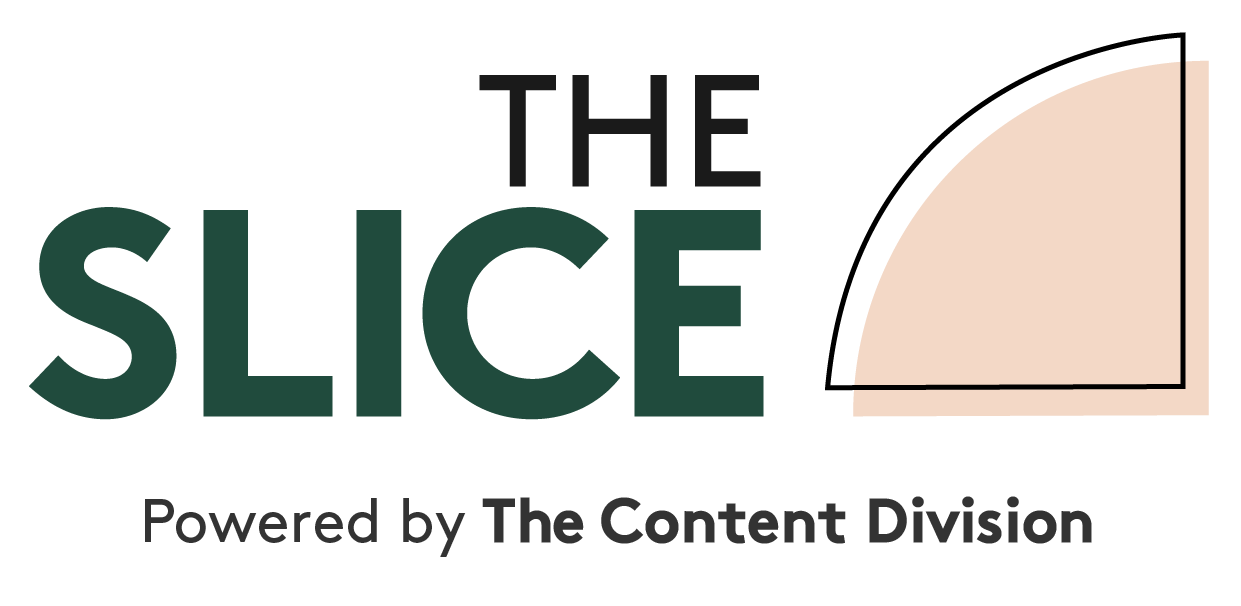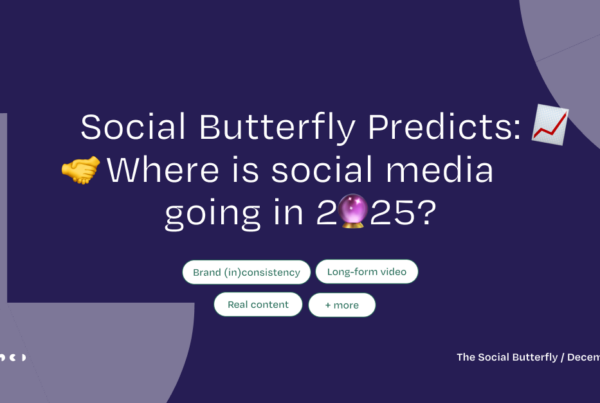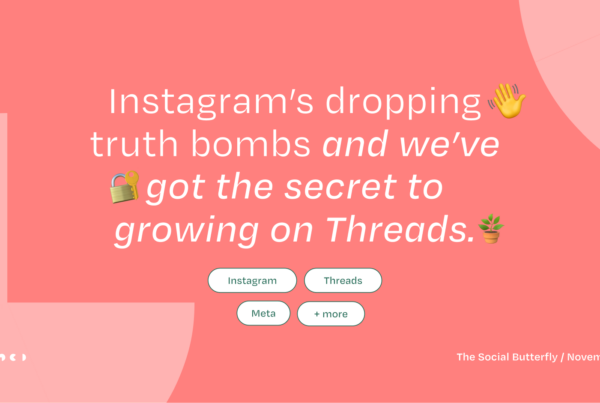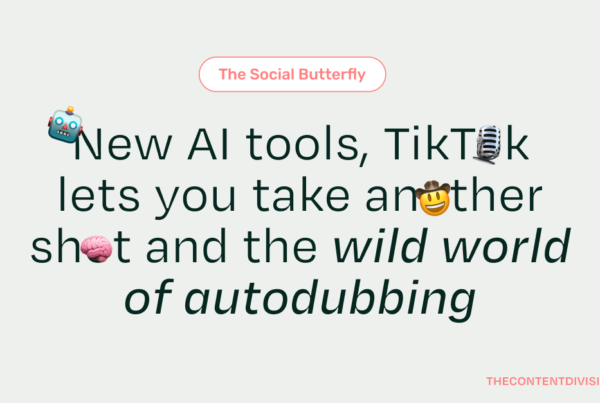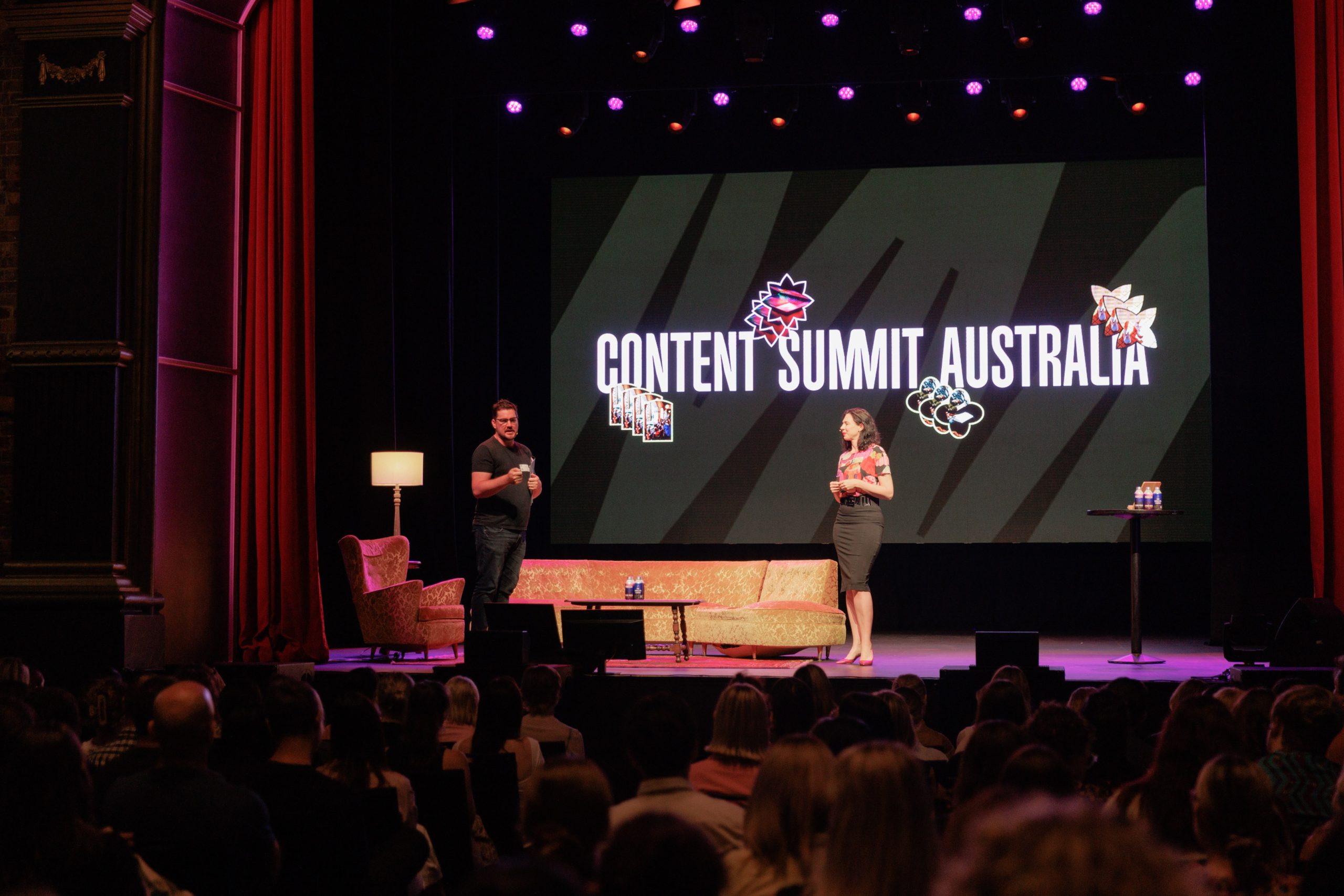
Sweet. Merciful. Jesus.
What a day. The first Content Summit Australia was just bloody delightful. While my vantage point on stage was a corker, I am more envious of the 300 or so of you awesome folks who got to watch on in the Princess Theatre. You absolute legends. You are the heroes we deserve.
And my god, the speakers. Some very, very smart people said some very, very smart things. And they said them with smiles, laughs and a smattering of cracking swear words. Which is what I would expect of a great creative conference.
I learnt a metric tonne of stuff. I’ll try to pay it the respect it deserves below.
Yes but have you *heard* your brand?

The excellent Adam Ferrier kicked off proceedings with his opening keynote, Stop Listening to the Customer (Try Hearing Your Brand Instead).
And it must have been shit hot because I had at least three people tell me at drinks afterwards that it was a career highlight to see him speak.
Adam is a consumer psychologist, creative strategist, author, host of the Black T-Shirts podcast and the co-founder of creative agency Thinkerbell, which has won more awards than I’ve had hot dinners with my mum.
He said brands were obsessing over what customers want, despite the fact customers lie worse than a cheap rug. Adam’s extremely convincing argument is that if we keep doing only what customers want, we risk creating a sea of homogenised brands, we lose value in what we can sell and, well, it’s just plain wrong. Cue a sea of nods from the crowd.
He said what marketers really needed was brand intelligence – being able to understand and prioritise what your brand delivers before everything else.
How do you get it?
- Ask consumers about the category, not your ads
- The most powerful business card must be the Chief Brand Officer, not the CEO
- Ensure everyone has a role in building the brand
- Finally: Unleash the brand collectively
“People spend thousands of dollars getting a customer journey map, plotting it out and putting it in their marketing room. It’s like fixing potholes on a road with post-it notes,” he said.
The content culture of Up
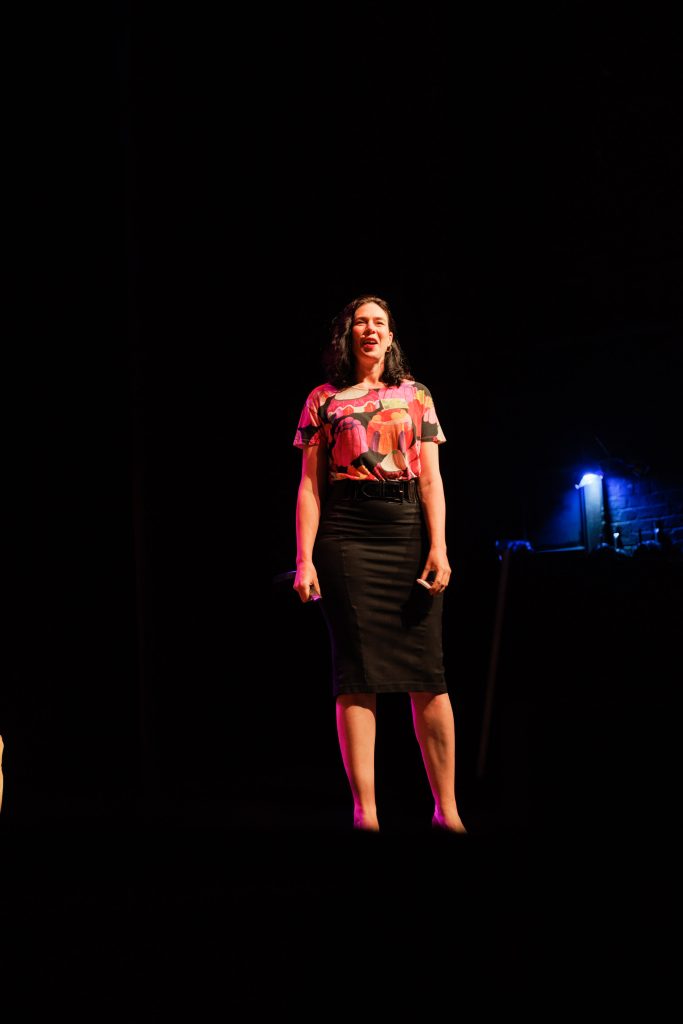
Up is a very cool bank. Anne Shea from Up is a very cool content person. So it’s a perfect match.
The Up app is Australia’s most popular banking app. If that app were a person it would have the body of Harry Styles and the brains of Ruth Bader Ginsberg. And it would shoot lasers from its eyes, but the good type. Disco lasers. What I’m saying is it’s just cool in the way Jason Bateman is cool in 1987’s Teen Wolf 2. Cult-like goodness. That also just happens to help you save money. But in a disco-themed arcade. I’ll move on.
If you haven’t seen Up’s brand and the way they execute on their content, get over there and subscribe.
Anne unpacked how Up’s *whole* team is to thank for creating and living their brand content, which is also designed to be insanely distinctive in their category.
“We see content as having value inside and outside of the company,” Anne said.
“We don’t put a dollar value on it because we know the impact is much bigger. Content plus Culture equals Brand Value.
“We have a slack chat with 65 people who work on our email newsletter. It’s breaking down silos across the business. It’s not about ego, it’s about making the content better.
“Content and culture is at the core of everything we do. Everyone, even the C-suite, does content. Our team is really small. But we’re the kind of people who give a shit. It’s a very egoless environment.”
Her final piece of advice? Go out and make some cool shit.
The Great Morning Tea Power Outage
Would not recommend. Next.
Panel: How to build a #@$%ing cool community around your brand
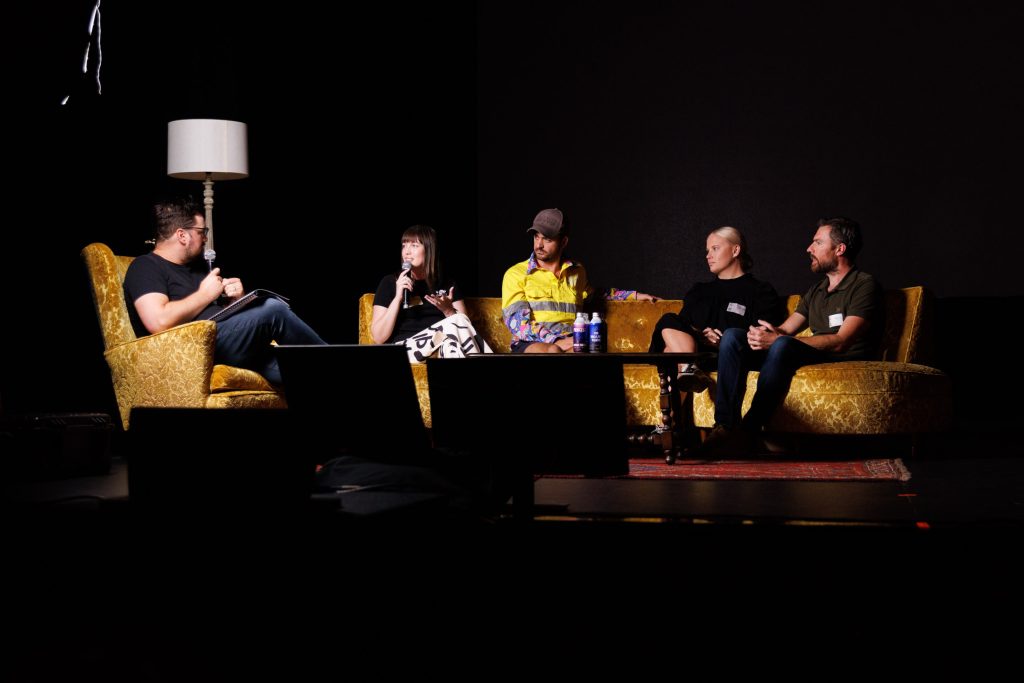
I loved this panel, and not just because I had the honour of moderating it. Every person repping their brand on this panel just *gets* people. Their brands all have an X-factor that makes customers want to be a part of what they do, not just buy from them.
Ashton Tuckerman, the CMO and GM of private chef tech company Gathar, said ensuring you tell your story so well that people want to be a part of it was vital. And she addressed the growing pains of taking that approach – it’s extremely challenging to keep your early believers happy when you’re growing and evolving the brand. “I’m a big believer in acting like the brand that you want to become,” she said. Go ahead, steal that quote.
Dan Norris, one of the brains behind Black Hops Brewing, passed on the sage advice that content design had never been more important. And that design should suit the platforms and channels you choose to be across. If it works, do more of it. Lean in.
Midnight Health’s Janet Duane loves talking about vaginas, labias, vulvas and more things that she reckons make blokes’ eyes twitch. That’s because she’s the brain behind women’s health brand Youly. She said that when it came to women’s health, no topic is off limits. “We want people to know they can talk to us,” she said. That brute honesty and dedication in serving that audience has helped their channels grow massively.
And look, Edward Ross from TradeMutt got a deserving ovation during the panel, because TradeMutt helps save the lives of men wracked by depression. He said the brand started by telling a compelling, emotional and simple story and that’s what people cling to. Through that, they have built a community. “When two people are in the TradeMutt shirts, they are instant best friends.” Amazing, inspiring stuff.
Preparing The Road Ahead for the road ahead

RACQ’s Deb Eccleston is … awesome. She’s that comforting, intelligent, calm voice in your head saying, “Hey, it’s cool that that thing you did didn’t work. Let’s fix it together.”
That immense sense of calm descended across the audience as she explained how making RACQ’s legacy print publication The Road Ahead work for modern audiences while keeping loyal readers happy was an exercise in patience, experimentation, teamwork and tactical analysis.
She reminded the CSA crowd that:
- We should not assume anything about our audience
- We need to be adaptable. RACQ had to try, and fail
- We need to analyse the numbers. The data doesn’t lie. It’s got to be quality not quantity. Focus on engagement
- Test and learn – what works today might not work tomorrow.
How to chase a conwoman around the world
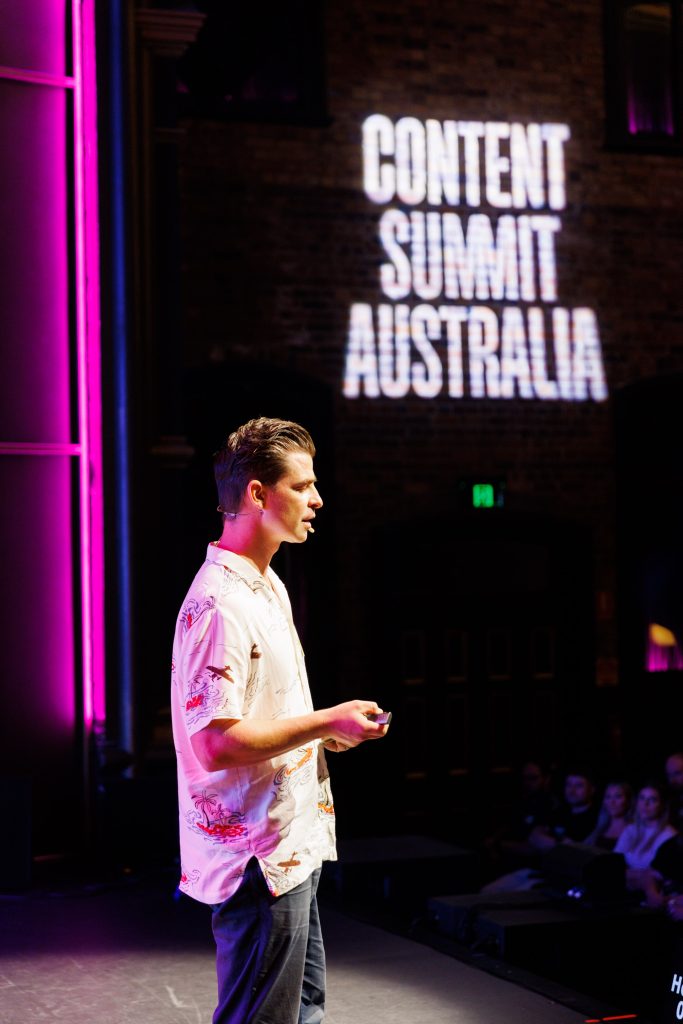
OK look, that’s not necessarily what this was about. But the very cool Ollie Wards took us through the making of his incredible podcast, Snowball, which was created as part of ABC’s Unravel true crime podcast series.
He did indeed chase a conwoman, but it’s the friends (stories) he made along the way that had the crowd hooked.
He dropped some seriously good tips about how to even identify a great story, and then what to do with it so people are begging for more.
- Be curious and ask questions – a good story isn’t going to appear on your page
- Repeat it, do you get bored? If you don’t get bored telling it over and over again, it’s unlikely listeners will get bored
- Characters are more important than narration
- A good story is one that someone doesn’t want told. If not, it’s PR
- Look out for moments that feel important, trust the feeling
Magic stuff. And if you haven’t listened to Snowball, get on that immediately.
Here comes the fuzz (to dominate social media)
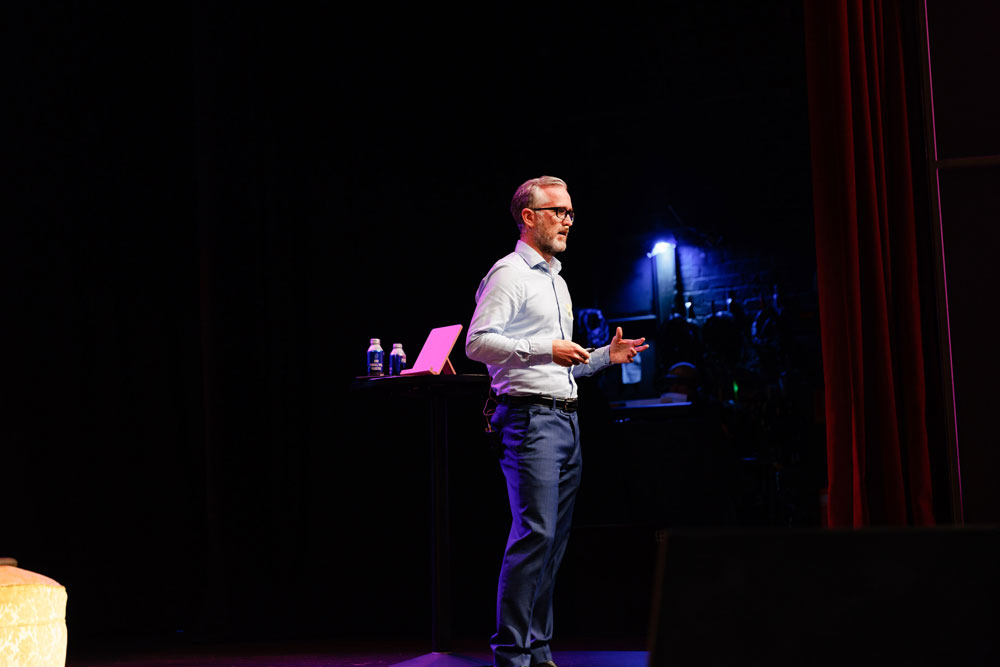
The Queensland Police Service is so very good at reactive social media. And it’s not by accident.
QPS public affairs legend Simon Kelly explained how representing such a complex organisation on social media was a lesson in mixing comedy and tragedy.
They have a collective audience of about 3.8 million people, and they have found the right balance through incorporating important messages with a bit of fun – namely a fair few Olympic-level dad jokes.
He said people really turn to social media in a crisis, and that streamlined clearance processes were essential. And Simon implored people to find their content pillars and make their social work within them.
“Stay true to your voice and be consistent with branding. While we have a reputation for making daggy dad jokes, we find the right tone when talking about more serious issues,” he said.
Panel: How to dominate social media in the Tik Tok era
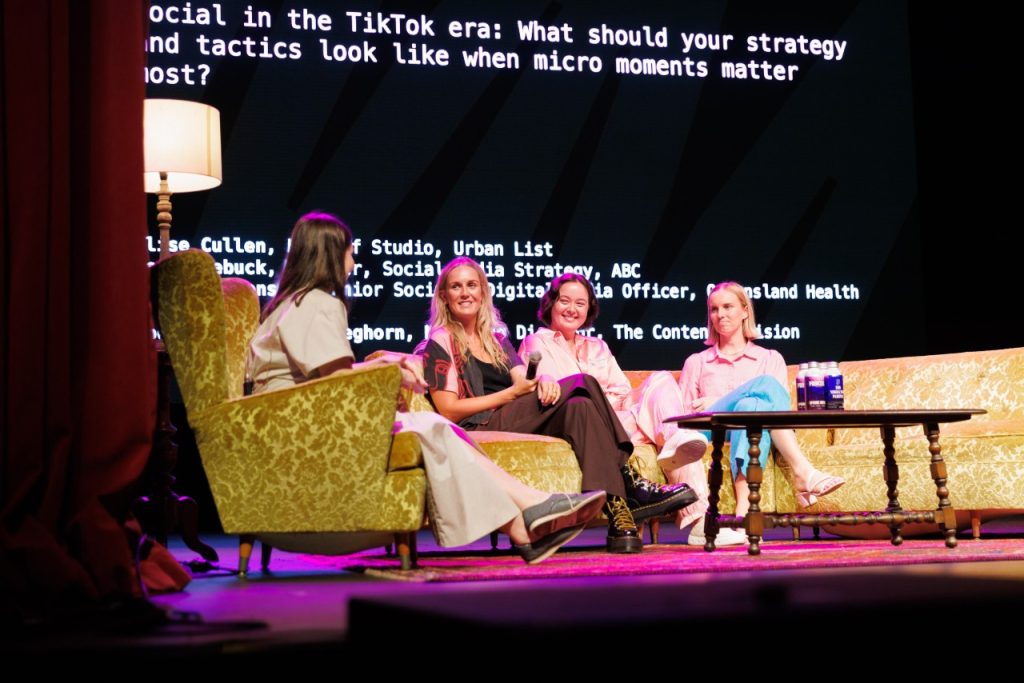
The Content Division’s managing director Brittanie Dreghorn steered the ship on this one, and what a ship it was.
Elise Cullen from Urban List implored people to experiment first, strategise second (cue cheers from the crowd – I think it hit a nerve). She said that’s because with social things move so fast and you need to aim for deeper engagement, and deeper metrics to explain that engagement. Then comes strategy. She also said we all need to think beyond TikTok. What’s the next platform?
In what is an epic reminder to us all, Kate Roebuck from the ABC said when you do form a strategy, it cannot be a 40-page document confined to the fresh hell of the bottom drawer that no one opens. She said it needed to be a living, breathing document that everyone could see and could buy into. Kate was super bullish about community management as well. “It’s not optional,” she said. “There is a difference between customers and community, and you need to serve them well in your social.”
Queensland Health’s Sophia Sorensen is a wisdom pearl dropper (is that a thing?). She said that while the majority of Qld Health’s social was planned and meticulously created content, they leave a chunk of time in the schedule for reactive content where they can leverage trends and drop news. And some vital tips: have a calendar of key events and ensure someone is tuning into that moment, try to link trends to relevant content, and look at Twitter for a risk analysis to sense check ideas.
Panel: First Nations storytellers are Australia’s untapped X-factor
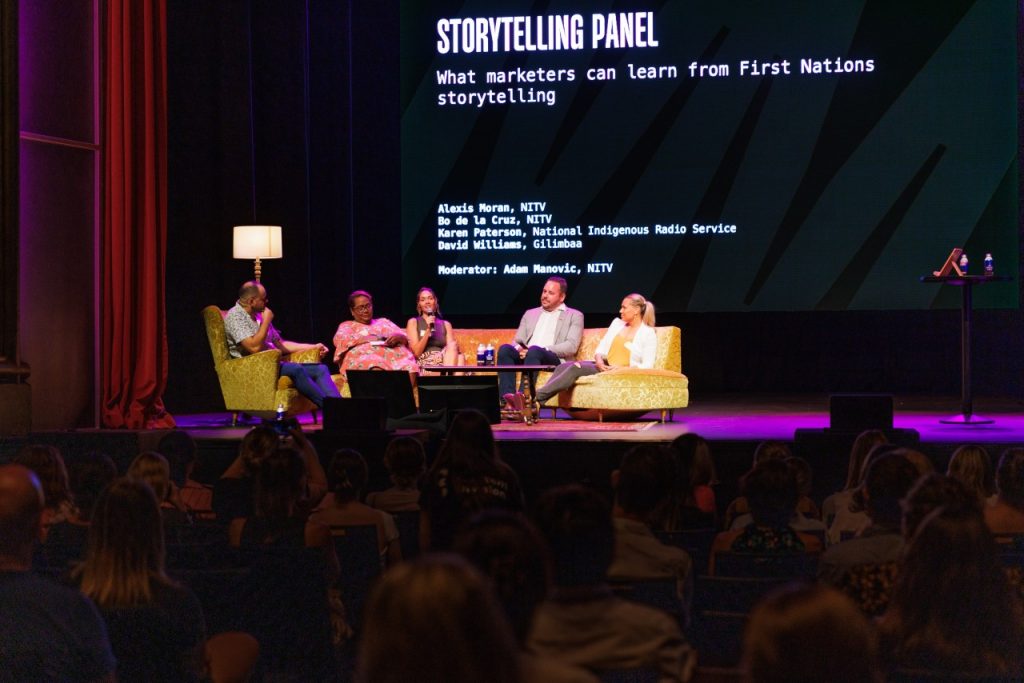
At the networking drinks afterwards, every single person I spoke to said this panel was one of the highlights of their day. And for very good reason.
The panel was assembled and moderated by Adam Manovic – NITV’s head of entertainment, events and creative – and the crowd was hooked from the get-go.
Bo de la Cruz from NITV explained that when First Nations stories are being concepted, crafted and told, “it’s so important that we do it and it’s relevant to our people”. And when it came to comms and projects, it was vital that people didn’t lead with assumptions – listen, learn and make sure that people are informed properly.
Karen Paterson from National Indigenous Radio Service implored brands and companies to value First Nations companies, work and storytelling properly. “We are valuable,” she said. “The work we do is just as valuable as non-Indigenous companies. It needs to not only be respected but your money and budget needs to be put behind it.” She also reminded the crowd that diversity is still not reflected properly by the media and by brands, so it was important that we all took the time to build relationships with Indigenous creators and agencies.
David Williams of creative agency Gilimbaa has seen some stuff in his long agency career. He said he still got asked – even now after decades in the business – to do things “on the cheap”. He said helping businesses ensure First Nations stories were told properly within complex organisations had to be valued. “We work with large corporations who are actively engaging with us and First Nations communities,” he said. “That is complex, so value the work that makes that happen.” He also said that Indigenous people were willing and wanted to work with you, so “don’t be worried about saying the wrong thing. Engaging with us is what’s most important.”
Alexis Moran from NITV said digital media was “a really important resource to keep our culture alive”. She said that First Nations storytellers had a responsibility to keep that going and share their diversity with the world. “A lot of us live off country so social media is the modern day message stick, it’s how we connect to our Mob. A lot of our Mob are on Facebook and we need to think about that when sharing content.”
Look, I’m struggling to capture just how good this panel was. I was hooked. The crowd was hooked. Adam reminded us all that First Nations stories are Australia’s X-factor, and they are largely untapped. It’s a tragedy, but holy moly it’s such a huge opportunity as well.
A fireside chat with the executive producer of Bluey (eep!)
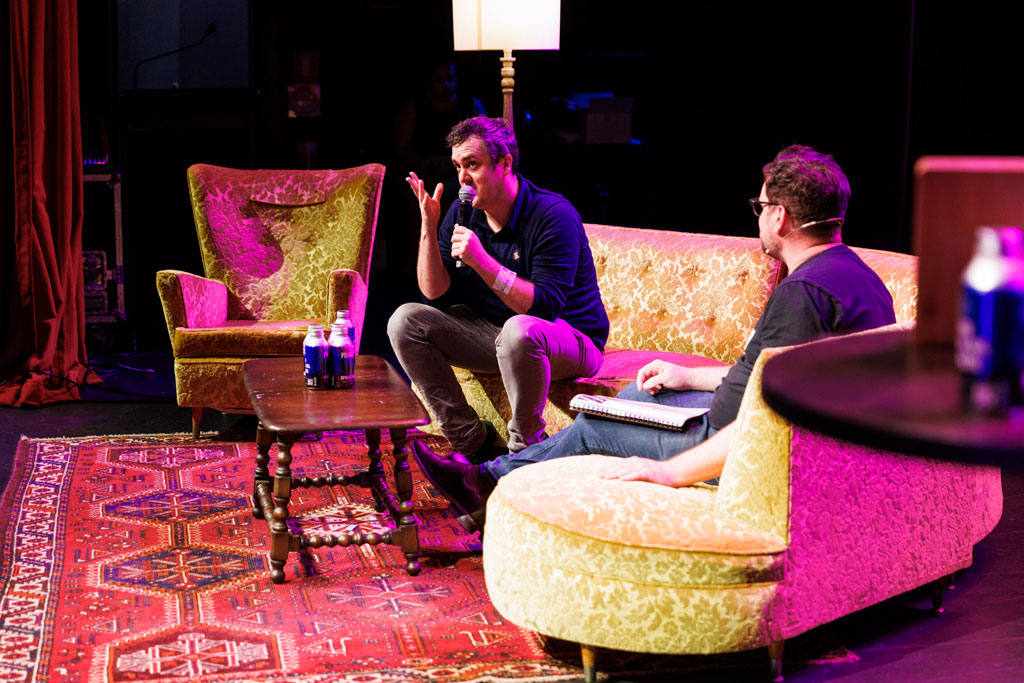
The word hero gets thrown around a lot.
Daley Pearson probably transcends even that. And look, it started off well when he took one look at the crowd and said: “I didn’t realise how popular this was going to be!”
Of course it was, Daley. You’re a hero to pretty much every parent out there.
Daley took us through what makes a great story – “It really helps if it’s an idea that you can say in a sentence” – and then how to go about making it.
He said stories needed to have a high concept hook that got people in, and to have a clear and simple pitch that people can latch onto. Also – just do it. Make a little pilot for it because it will help people trust your idea and show them what you’re thinking.
He also impressed upon the audience the importance of characters, and that they come from somewhere within.
“The stories are based on some version of us. It starts with a genuine want from ourselves. A character wants this? OK, what’s the best thing that can stop them? What’s the worst thing that they will come up against?”
Honestly, I felt like an innocent kid watching on as an ageless sage dished out wisdom that made the whole place feel warm and fuzzy. What an amazing mind, and the fact he was talking directly to a packed Princess Theatre just made it all so very special.
That’s it, that’s the tweet. Content Summit Australia was so much bigger, smarter and energy packed than I could have imagined. I hope I’ve done our speakers justice but really, they were more valuable than words can describe.
I can’t wait for next year – we’re going to do our best to top it. And as Adam Ferrier says, we might just lean into our brand and see what magic we can find.
